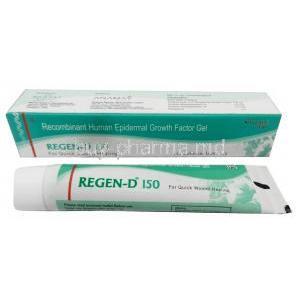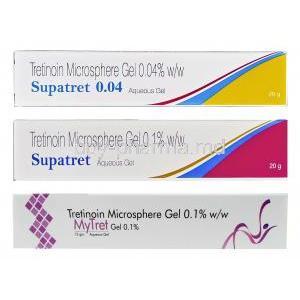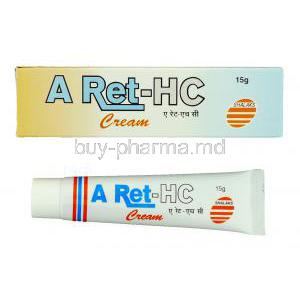Placentrex Gel
- I. Introduction to Placentrex Gel
- II. Composition of Placentrex Gel
- III. Uses of Placentrex Gel
- IV. Placentrex Gel Off-Label
- V. How Placentrex Gel Works
- VI. Dosage and Administration
- VII. Placentrex Gel Side Effects
- VIII. Important Precautions
- IX. Special Considerations for Administration
- X. Interactions with Other Medications
- XI. Handling and Storage of Placentrex Gel
- XII. Human placenta warnings
- XIII. Overdose and Emergency Procedures
- XIV. Careful Administration
I. Introduction to Placentrex Gel
Overview of Placentrex Gel
Placentrex Gel is a topical treatment mainly used for its healing effects on wounds and skin conditions with inflammation. Made from extracts, this product contains essential biological elements that play a key role in promoting tissue repair and growth.
Brief History and Development
Placentrex Gel, crafted through years of studies utilizes the healing properties found in placental bioproducts. Investigated initially in the mid 1900s its uses have broadened with advancements in our knowledge of biochemistry.
Importance in Medical Treatments
Placentrex Gel is highly valued in the fields of dermatology and cosmetic treatment for its ability to speed up healing and improve the skins restoration process. It is widely used in a range of situations, such as treating chronic ulcers and caring for wounds after surgery showcasing its versatility and crucial importance, in medical practices.
II. Composition of Placentrex Gel
Key Ingredients
- Human Placental Extract; It contains substances, like growth factors and cytokines that are beneficial.
- Nitrogen; It acts as a preservative. Helps stabilize the active components.
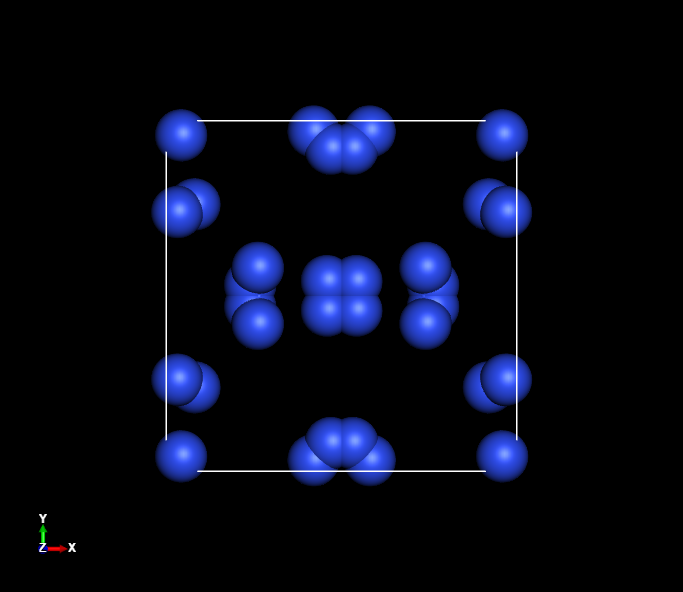
Role of Each Component
Every ingredient in Placentrex Gel is carefully selected not to aid in healing but also to guarantee the products durability and effectiveness. The placental extract plays a role in its healing properties with additional elements such, as nitrogen working to preserve the formulations quality and performance for an extended period.
Understanding the Active Substance
The key ingredient found in Placentrex Gel is placental extract, which consists of bioactive elements that promote cell growth and repair. Research has demonstrated that these elements can speed up the healing process by boosting cell growth and promoting the formation of blood vessels.
Human Placenta
The placenta is linked to a growing baby through a tube structure known as the umbilical cord. It delivers oxygen and essential nutrients to support the baby's growth and development.
Human Placenta substrate
The human placental substrate (hpS) is made up of proteins, with laminin 111 being the primary component (making up approximately 80 90%) followed by collagen IV (around 10%). Additionally, it contains growth factors thrombin at a concentration of 0.4 0.8 IU/mL and other minor elements.
Found every human placenta tested in
In a study, scientists discovered microplastics in all placenta samples examined. Although the exact health effects of nano and microplastics are still unclear, emerging research indicates the harm these plastic particles can inflict on human cells and tissues.
III. Uses of Placentrex Gel
Primary Indications
Placentrex gel benefits
- Some key advantages are; Speeding up the bodys healing process.
- Lowering the chances of scarring.
- Improving the growth of skin cells resulting in improved cosmetic results.
Efficacy in Treating Inflammations
Placentrex Gel vitiligo
IV. Placentrex Gel Off-Label
Exploring Unapproved Applications
Placentrex Gel is occasionally utilized in treatments that go beyond its uses like, in anti aging therapies and various cosmetic procedures although it is not formally sanctioned for all applications.
Case Studies and Research Insights
V. How Placentrex Gel Works
Mechanism of Action
The gel functions by boosting the body's mechanisms for repairing and renewing tissues. The components from extracts encourage the production of growth factors essential for cell growth and tissue formation. This gel works by improving blood circulation to the injured site, coupled with an amount of proteins that aid in tissue regeneration and fostering wound recovery. Additionally, it works by eliminating and inhibiting the proliferation of microorganisms that cause infections.
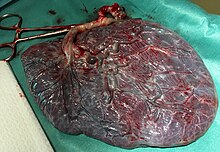
Biological Processes Involved
Stimulating angiogenesis, regulating reactions, and improving collagen formation are essential steps for successful healing.
Interaction with Cellular Components
Placentrex Gel works by engaging with cell receptors to trigger signaling pathways that support the healing of tissues and overall cellular well-being.
VI. Dosage and Administration
Recommended Dosage Guidelines
To achieve outcomes it is recommended to gently and evenly spread Placentrex Gel on the impacted area two to three times a day following the guidance of a medical practitioner.
Methods of Application
The ointment needs to be spread on dry clean skin using a sterile approach to avoid any contamination and ensure the best results, for therapy.
Duration of Treatment for Optimal Results
The length of the treatment differs based on the injury or ailment being addressed, usually lasting until the desired healing is attained.
VII. Placentrex Gel Side Effects
Common Side Effects
Typical adverse reactions from using Placentrex Gel may include redness, irritation and a burning sensation, at the site of application. These effects are usually temporary. Tend to fade on their own without requiring any treatment.
Potential Adverse Reactions
Common but more serious responses could involve:
- Allergic skin inflammation,
- Excessive growth of granulation tissue
- Systemic reactions are due to extreme sensitivity.
Managing Side Effects and Mitigation Strategies
Some useful management strategies are:
- Stopping the gel when severe reactions occur
- Seeking advice from healthcare providers for treating symptoms
- Following prescribed antihistamines or corticosteroids, for allergic symptoms.
VIII. Important Precautions
Precautions for Different Health Conditions
People who have allergies to products or have experienced severe skin reactions in the past should steer clear of using Placentrex Gel. It's important for individuals with weakened systems to be extra cautious when considering its use.
Allergic Reactions and Hypersensitivity
It is recommended to stop using the gel away if you experience signs of hypersensitivity, such as a widespread rash, swelling, or breathing difficulties.
Environmental and Dietary Considerations
Changes in weather conditions, like hot or humid temperatures, can affect how well Placentrex Gel works. You don't need to follow any diet rules but what you eat can definitely affect how quickly your wounds heal.
IX. Special Considerations for Administration
Administration to Elderly Patients
Elderly individuals might need adjustments in medication doses because their skin conditions change and their metabolic function decreases.
Use in Pregnant Women and Nursing Mothers
It is advisable to use Placentrex Gel when necessary during pregnancy or breastfeeding, following a thorough evaluation of the risks and benefits by a healthcare professional.
Safety and Efficacy in Children
The effectiveness and safety of Placentrex Gel in children have not been thoroughly verified. It is advisable for medical experts to closely oversee its usage in patients.
X. Interactions with Other Medications
Potential Drug Interactions
Placentrex Gel could potentially have interactions, with topical products, which might affect how well it works or worsen any side effects.

Effects on Other Treatments
It's important to be cautious when mixing treatments, especially those involving strong systemic medications since there is a slight risk of systemic absorption even if its low.
Consultation and Coordination with Healthcare Providers
Patients should make sure to talk about all the medications they are currently taking with their healthcare provider to avoid any interactions and ensure that their care is well coordinated.
Placentrex Gel and Alcohol
Placentrex Gel in a 20 gm dose may not have any known interactions with alcohol. Nevertheless, it is recommended to either avoid alcohol consumption or keep it to a minimum, as a safety measure.
XI. Handling and Storage of Placentrex Gel
Storage Conditions and Shelf Life
Remember to keep Placentrex Gel in a dry place, at room temperature shielded from direct sunlight. It usually stays good for two years starting from the manufacturing date if stored correctly.
Safe Handling Practices
Remember to wash your hands and after using the gel. Make sure to avoid getting it in your eyes or mouth and apply it using dry hands or sterile applicators.
Disposal and Environmental Safety
Proper disposal of both used and expired tubes of Placentrex Gel is essential to avoid any contamination in accordance with local regulations.
XII. Human placenta warnings
As a woman or new mom, it's important to understand the health risks that may come with preparing and eating your placenta. The placenta, being a substance can carry and pass on harmful infections, like bacteria and viruses.
Medical Conditions and Contraindications
Patients should not use Placentrex Gel if they have a known allergy to extracts or any of the components, in the gel.
Situations Requiring Caution
Exercise caution when using in regions with infections or in individuals with a background of cancerous growths.
Legal Restrictions and Manufacturer’s Advice
Always make sure to follow the manufacturers guidelines. The regulations approved by authorities when using Placentrex Gel.
XIII. Overdose and Emergency Procedures
Symptoms of Overdosage
In a few cases, signs of an overdose could manifest as intense discomfort, inflammation, and swelling at the spot where the product was applied.
Immediate Steps and Antidotes
If someone overdoses it's important to rinse the area with plenty of water and get medical help right away.
When to Seek Medical Help
If you notice any symptoms or if local reactions don't improve it's important to seek medical assistance.
XIV. Careful Administration
Monitoring and Follow-up
It's important to keep an eye, on the treatment area to track how well it's healing and catch any possible side effects early on.
Adjustments in Dosage or Administration
The dosage might have to be changed depending on how the person responds to the treatment in cases of long term use.
Customers also bought
150 mcg/g


















